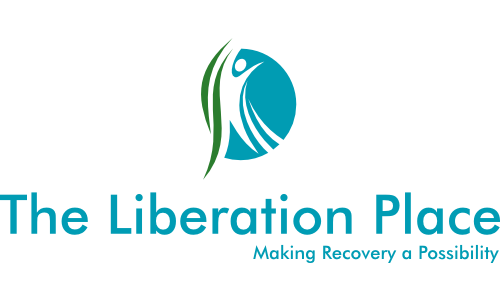The Schema of Emotional Inhibition
When the schema of Emotional Inhibition is activated in our system, we’re left with a desire to avoid any spontaneous action that might involve other people. We want to stay away from the expression of feeling or emotion, and we’ve got a general apathy about the communication of what’s going on in our lives. This is usually, but not always done to avoid the disapproval of others, feeling ashamed or humiliated about who we are and the actions we’ve taken, or losing control of our impulses in some way. The narrative that’s being generated by our own Internal Critics when they’re connected to the Schema of Emotional Inhibition is centred on the belief that we’re simply not able to talk about our feelings.
The most common areas of inhibition involve: the inhibition of anger and aggression; the inhibition of positive impulses like joy, affection, sexual excitement, or play. It leaves us with a difficulty expressing our own vulnerability or communicating freely about our feelings, needs, or state of mind. This often leads to an overemphasis on rationality and logical thinking, while at the same time, disregarding our emotional needs completely. This story is usually created in a childhood environment if the expression of thoughts, feelings, or emotions are either ridiculed or punished in some way by caregivers, older siblings, or people who hold a perceived position of authority over us.
“I often felt like I couldn’t express myself because, if I did, you would reject me. Dealing with this fear left me shutting down my emotions to a point where they would simply explode in fits of rage.”
~ Steven Morris RP
The Schema of Emotional Inhibition was another that wasn’t a Primary Schema for me, but one that showed up from time to time. When it did show up, my internal narrative revolved around the story that I can never tell you how I actually feel, because my emotions are wrong, and you will never agree with me, so I have to shut them down and keep them locked away, so I can get along with you, and that way you won’t reject me. This was a subconscious narrative I discovered when doing this work myself, after years of emotional relapses, on my journey of behaviour change. It was hidden deep beneath the surface, but when it got activated, it would spiral me into a place of Emotional Inhibition that was extremely difficult for me to get out of. Behaviourally, most people wouldn’t know this was something I was doing. Internally it was leading to an angry child that was filled with rage, desperate to be heard and understood in whatever way he could.
In my old way of doing things, dealing with the stories that were associated with this schema was hard to do at the best of times. It would usually get triggered when I was asked a simple question like, “how do you feel about that?” or, “what are your thoughts on this?” and it would lead to a part of my personality supressing my desire to express my inner feelings, as I had a story that you would laugh, or invalidate my feelings in some way, and I didn’t have the skills to deal with that at all. Eventually I learned that this was linked to my childhood experiences, feeling like I was told to, “put my face straight” by many different people whenever I was upset was the basic catalyst for it all. This was also the way I heard my inner critic regurgitate this narrative whenever I would get emotional in any way. Whether that emotion was joyful or painful it really didn’t matter, I couldn’t show you how I was really feeling, as this would lead to some sort of condemnation or rejection. Suck it up buttercup was the general gist of my thoughts. Which I must have heard somewhere, but I couldn’t tell you where or when.
Developing my ability to advocate for myself was heavily involved in changing this story, meeting my Unmet Childhood needs for Autonomy. Learning how to recognize the shift in my emotional experience, into a state of emotional distress, when this schema was present in my system was the way I learned to spot it. Using the Dialectical Behaviour Therapy skills of Mindfulness, combined with STOP, Checking the Facts, and Planning Ahead to Build Mastery, gave me the mindful narrative I needed to re-educate my parts into a place where I could remove the rigidity of belief that was associated with this schema. Removing this particular rigidity helped me create the possibility of Living the Life I Want to Live, being the person I wanted to be, in the areas of life that are important to me, right now.
Download the Schema of Emotional Inhibition Worksheet
Follow us on Social Media





